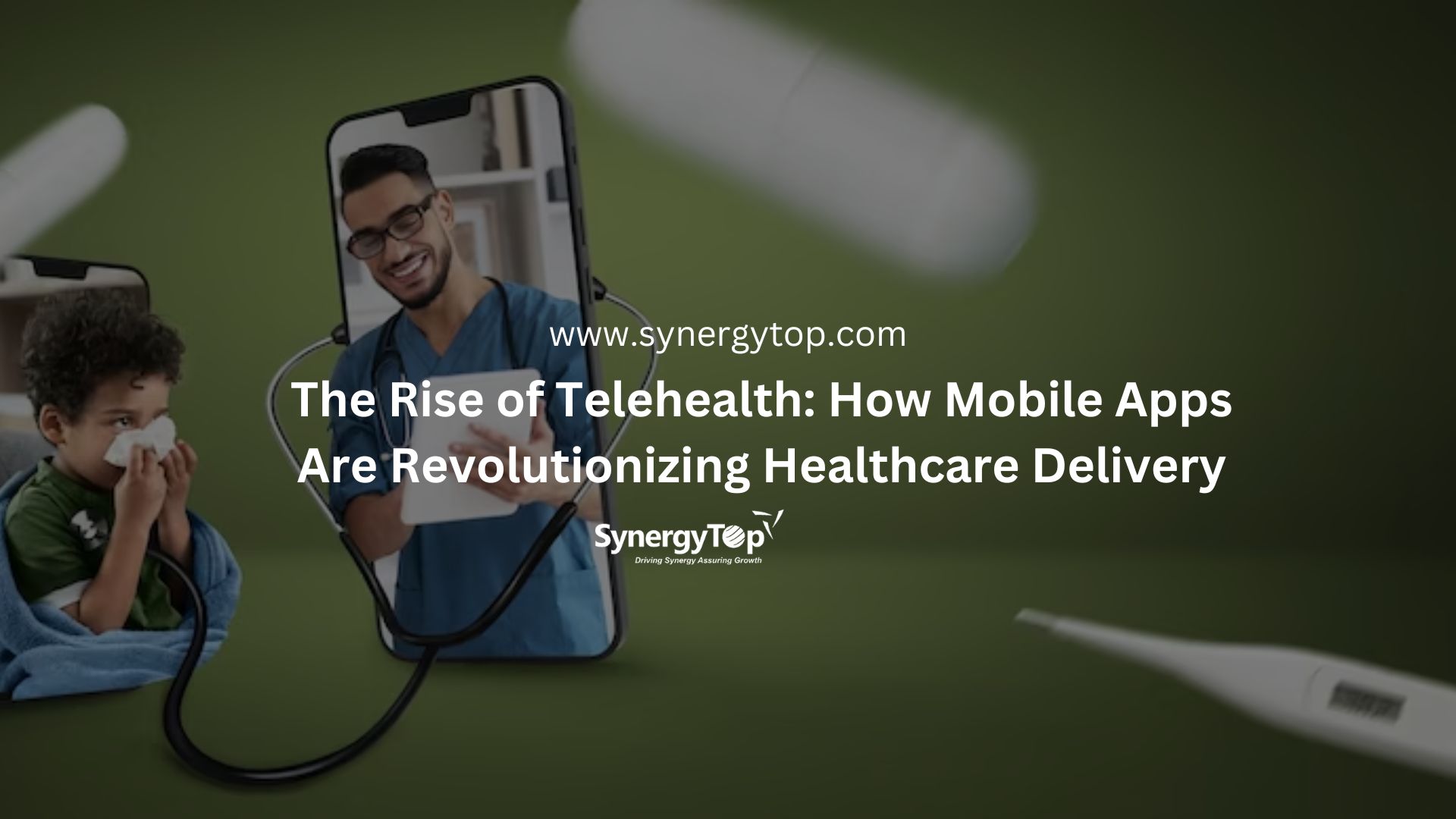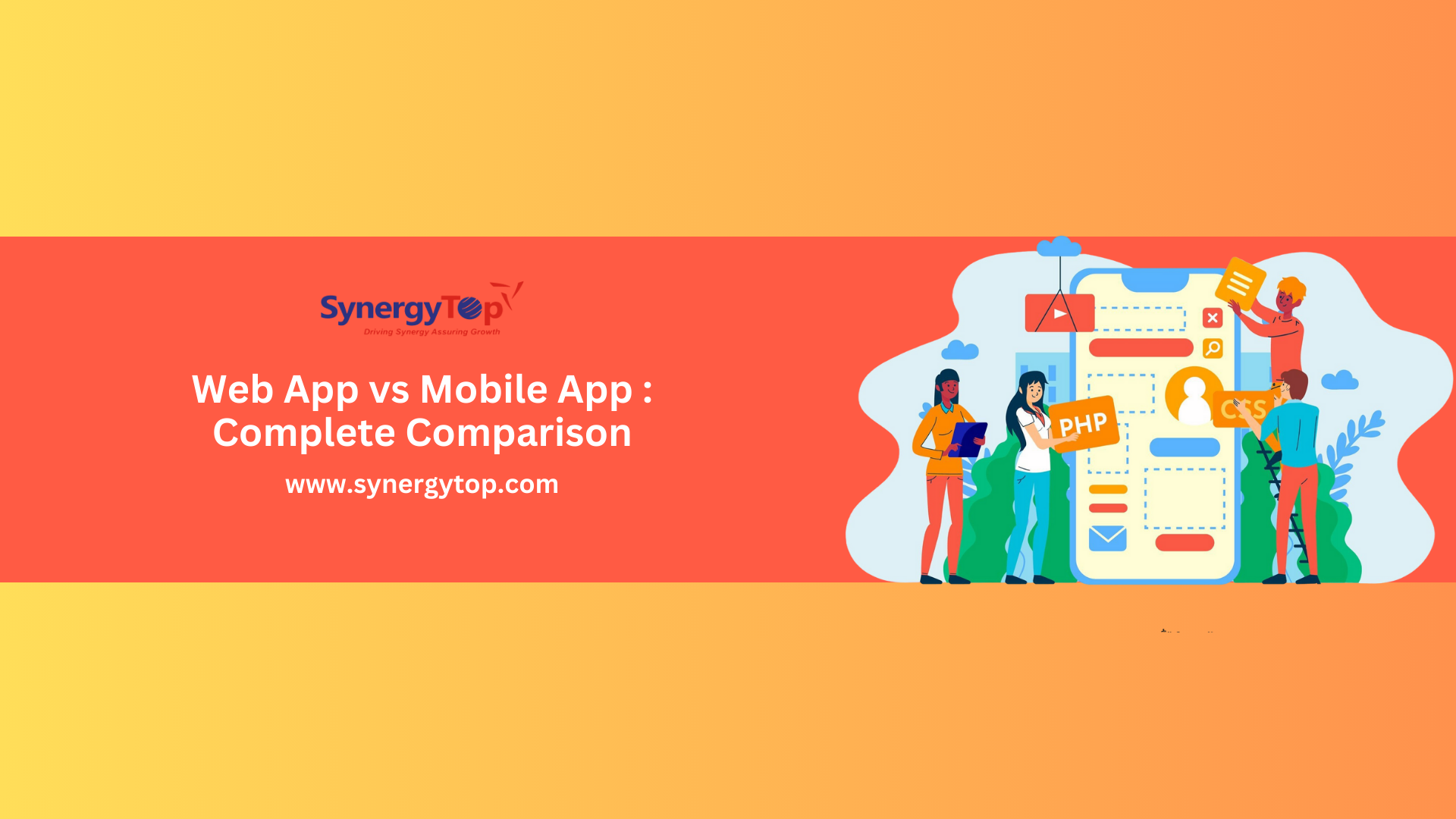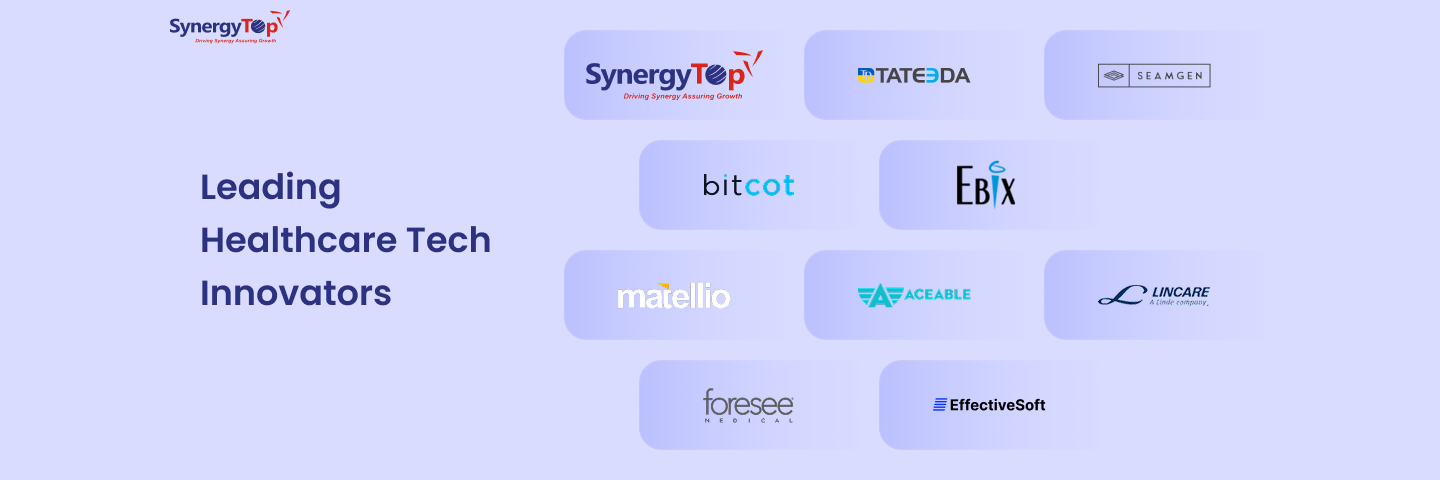The healthcare industry is undergoing a significant transformation with the rapid rise of telehealth.
Telehealth, which refers to the use of technology to provide healthcare services remotely, has gained immense popularity due to its convenience, accessibility, and cost-effectiveness.
In this blog, we will explore how mobile apps are driving this telehealth revolution, highlighting popular telehealth applications, benefits for patients and medical professionals, and essential steps to develop a successful telehealth app.
The Power of Telehealth Apps
Telehealth apps have emerged as powerful tools in revolutionizing healthcare delivery. Let’s take a look at some of the most popular telehealth applications in the USA:

Teladoc provides patients with 24/7 access to board-certified physicians who can diagnose, treat, and even prescribe medication through phone calls or video consultations. Teladoc’s popularity is attributed to its ability to offer patients quick and convenient access to healthcare professionals, all from the comfort of their own homes.
 Doctor on Demand provides patients with video call access to licensed physicians, psychologists, and psychiatrists. Patients can easily schedule appointments and receive care for various conditions, ranging from common illnesses like cold and flu to mental health issues.
Doctor on Demand provides patients with video call access to licensed physicians, psychologists, and psychiatrists. Patients can easily schedule appointments and receive care for various conditions, ranging from common illnesses like cold and flu to mental health issues.

MDLive facilitates virtual consultations between patients and physicians for non-emergency medical concerns such as allergies, infections, and rashes. Patients can receive a diagnosis, treatment plan, and necessary prescriptions through the app.
Benefits of Telehealth Apps for Patients
Telehealth apps bring several benefits to patients, enhancing their healthcare experience:
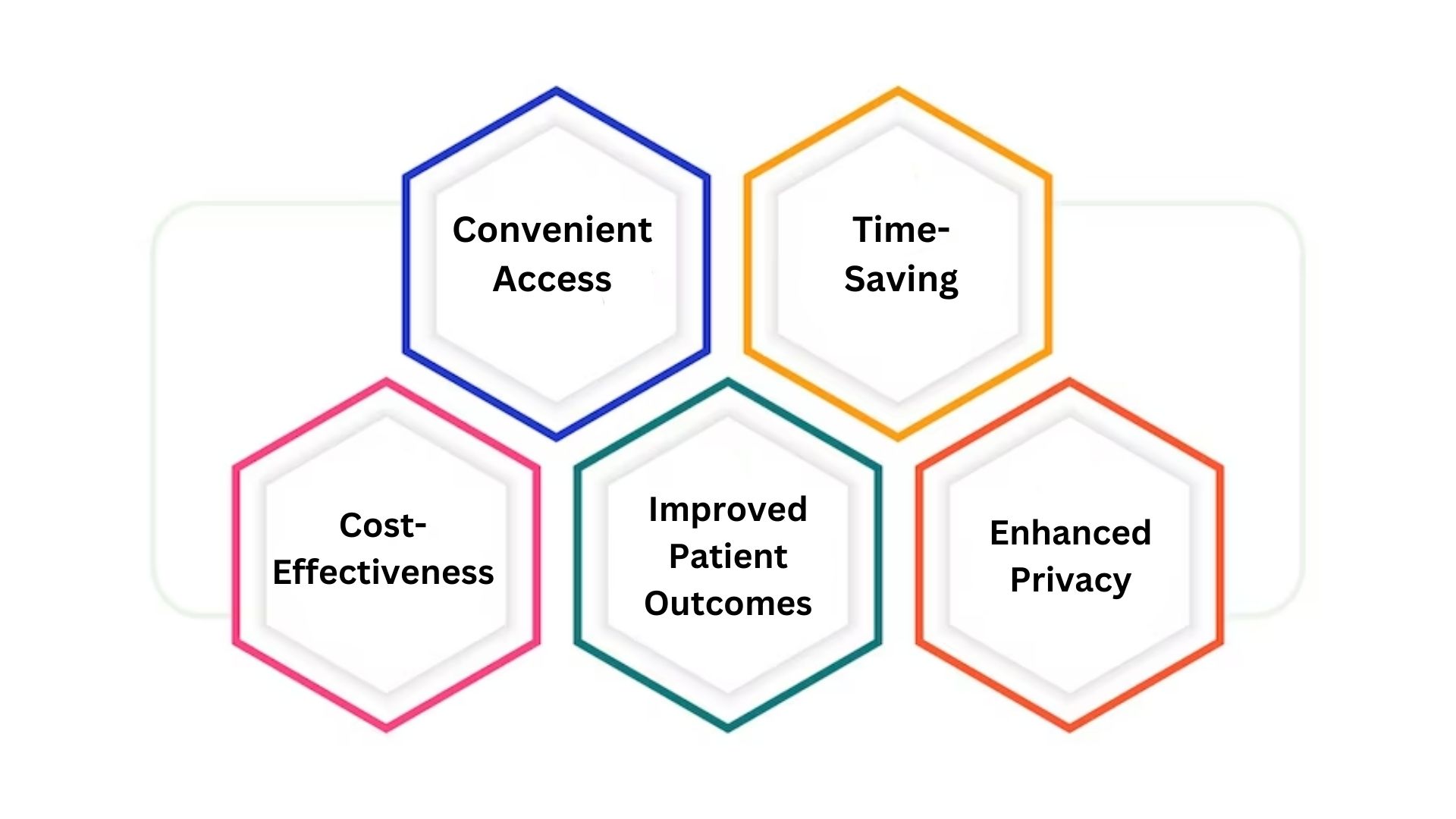
1. Convenient Access
Patients can access healthcare services from anywhere and at any time through telehealth apps. This is particularly advantageous for individuals residing in rural areas or facing mobility limitations.
2. Time-Saving
Telehealth apps eradicate the necessity of commuting to a physical doctor’s office, enduring crowded waiting rooms, or spending precious time in traffic. Patients can save time and utilize it for other essential activities.
3. Cost-Effectiveness
Telehealth apps provide a cost-effective alternative to in-person visits. Patients can save money on transportation expenses, parking fees, and potential time off work.
4. Improved Patient Outcomes
Telehealth apps contribute to better patient outcomes by increasing engagement, reducing hospital readmissions, and facilitating more effective management of chronic diseases.
5. Enhanced Privacy
Telehealth apps prioritize patient privacy, enabling individuals to receive healthcare services in the comfort and privacy of their own homes.
Benefits of Telehealth Apps for Medical Professionals
Telehealth apps also offer numerous advantages to medical professionals:
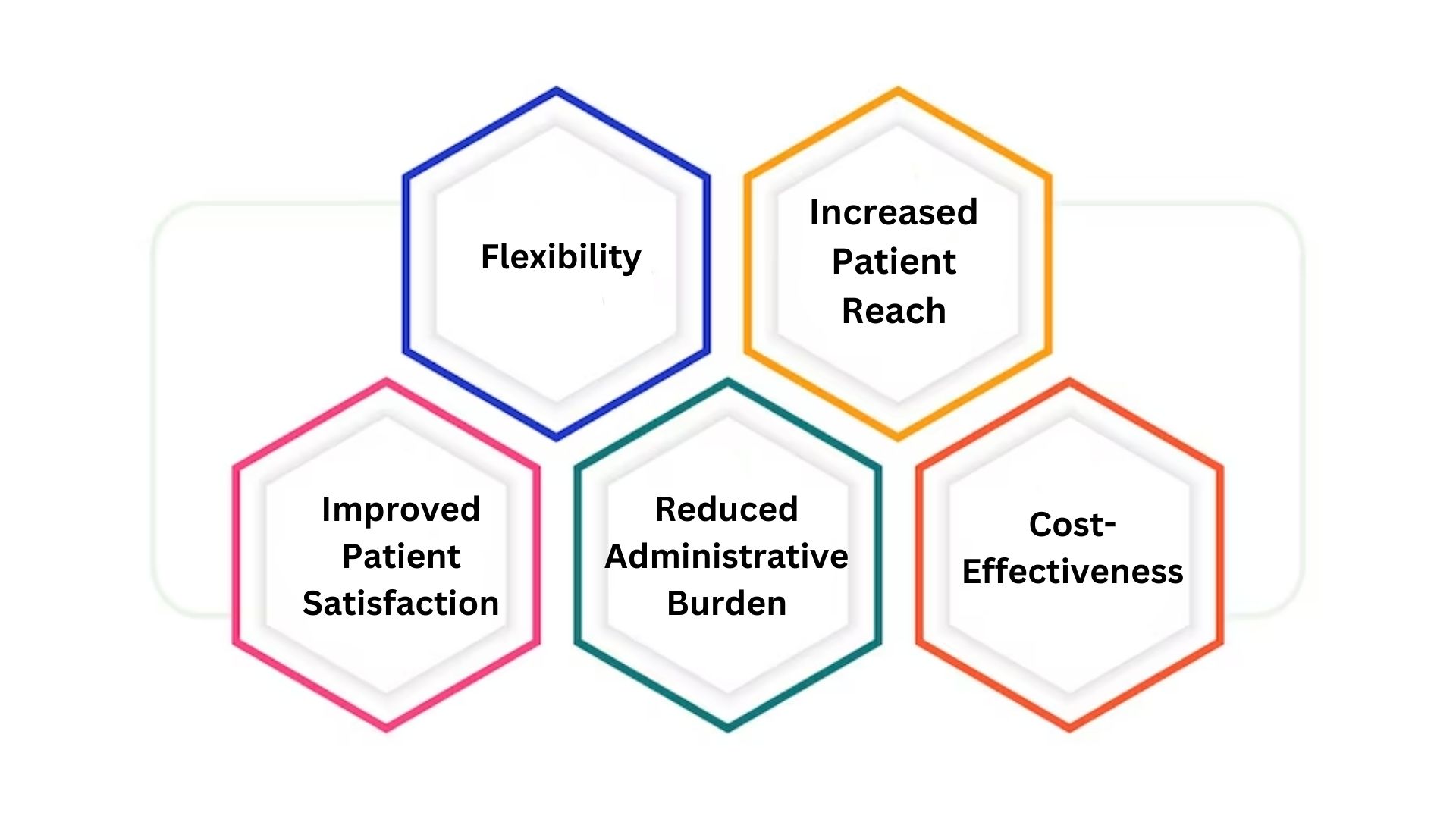
1. Flexibility
Telehealth apps provide medical professionals with the flexibility to work from anywhere and at any time. They can effectively manage their schedules and reach patients beyond geographic limitations.
2. Increased Patient Reach
Telehealth apps open up opportunities for medical professionals to reach a broader patient population. This is particularly valuable for those looking to expand their practice and extend their expertise to more individuals in need.
3. Improved Patient Satisfaction
By offering convenient and accessible healthcare services, telehealth apps contribute to higher patient satisfaction. This, in turn, can result in better patient reviews, increased referrals, and stronger professional reputations.
4. Reduced Administrative Burden
Telehealth apps automate various administrative tasks, such as appointment scheduling, patient information collection, and billing processes. This reduces the administrative burden on medical professionals, allowing them to focus more on providing quality care.
4. Cost-Effectiveness
Telehealth apps present cost-effective solutions for medical professionals by eliminating the need for physical office space, reducing overhead costs, and opening up additional revenue streams.
Developing a Telehealth App: Steps for Success
Developing a telehealth app may seem daunting, but with a strategic approach, you can create a successful telehealth app. Here’s a step-by-step guide to help you get started:
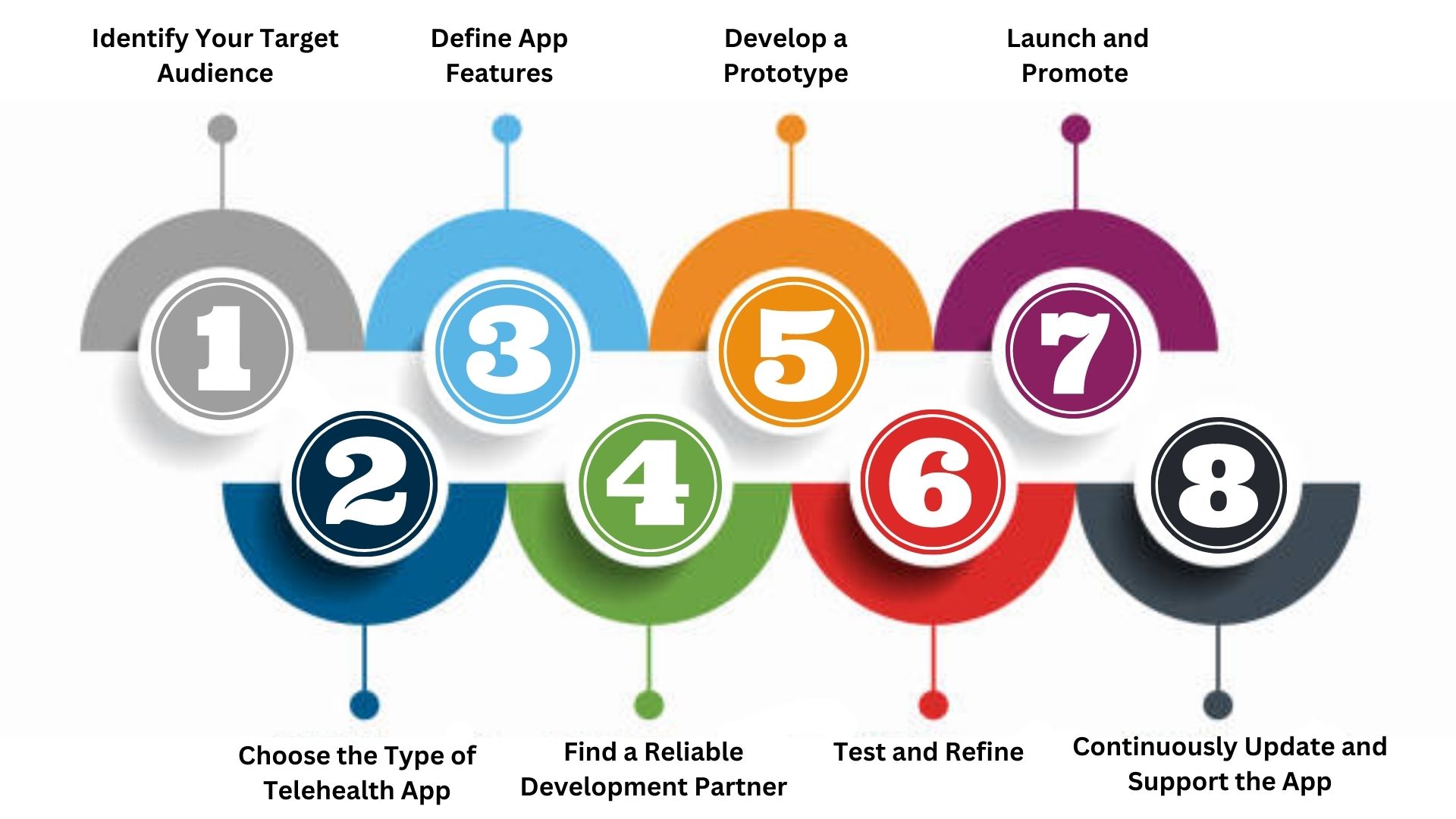
Step 1: Identify Your Target Audience
Clearly define your target audience for the telehealth app. Understand their specific needs and requirements to design an app that caters to their preferences.
Step 2: Choose the Type of Telehealth App
Decide on the type of telehealth app you want to develop. There are three primary types:
- Apps for patients,
- Apps for medical institutions, and
- Apps for medical professionals.
Each type has distinct requirements, so choose the one that aligns with your target audience and goals.
Step 3: Define App Features
Outline the essential features your telehealth app should have. These may include video consultations, appointment scheduling, prescription refills, secure messaging, and integration with electronic health records (EHRs). Prioritize features based on user needs and preferences.
Step 4: Find a Reliable Development Partner
Select a development partner with expertise in building telehealth apps. Look for a partner who can offer guidance on features, user experience (UX) design, data security, and regulatory compliance. Consider their previous experience and track record in the healthcare industry.
Step 5: Develop a Prototype
Create a prototype of your telehealth app to test its functionality and user experience before proceeding with full-scale development. Gather feedback from potential users and iterate on the design to ensure a seamless and intuitive app interface.
Step 6: Test and Refine
Conduct thorough testing of the telehealth app with a small group of users, including patients and medical professionals. Identify any bugs, usability issues, or performance bottlenecks and refine the app accordingly. Consider security testing to ensure the app protects sensitive patient data.
Step 7: Launch and Promote
Once you have ensured the app’s satisfactory performance, it’s time to launch it on the app store or your chosen platform. Simultaneously, develop a comprehensive marketing strategy to effectively promote your telehealth app to your target audience. This may involve leveraging digital marketing channels, establishing partnerships with healthcare providers, or collaborating with insurance companies to increase visibility and user adoption.
Step 8: Continuously Update and Support the App
Continuously monitor user feedback and address any issues or feature requests promptly. Regularly update the app to enhance its functionality, security, and user experience. Ensure compliance with evolving healthcare regulations and data privacy laws.
Stop Contemplating; Start Acting Today
The rise of telehealth and the influence of mobile apps are transforming healthcare delivery.
And by following a systematic approach to developing a telehealth app and partnering with experienced developers, you can contribute to this transformative shift in healthcare and provide better healthcare delivery to your patients.
At SynergyTop, we have the right expertise and experience to help you achieve your goals with custom telehealth development services.
Our deep domain expertise in the healthcare industry empowers us to deliver industry-leading solutions.
Explore our previous work and knowledge base for the healthcare industry here.
Join the telehealth revolution and make healthcare more accessible, convenient, and effective for all.


